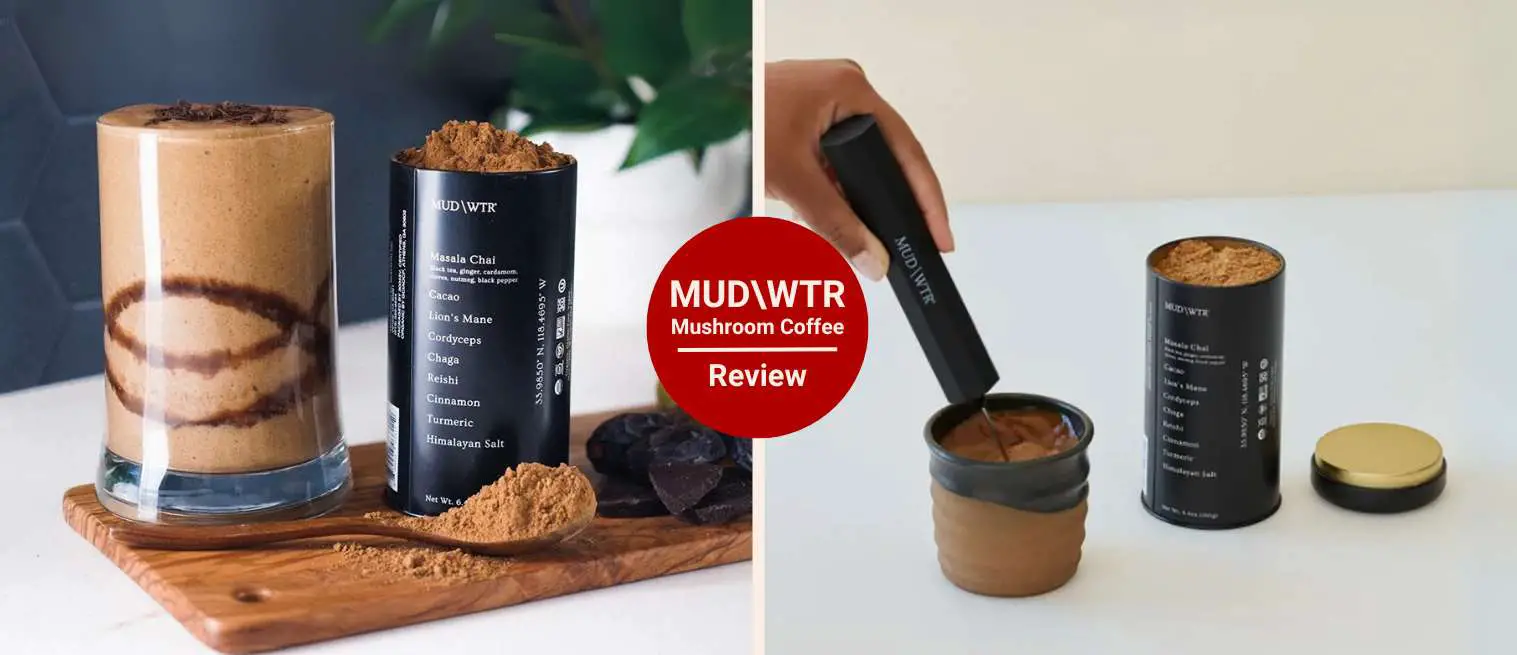MUD\WTR Mushroom Coffee Review 2025: Is It Worth the Hype?
Ever wondered if a coffee alternative can replace your daily brew?
Recently, I’ve been reviewing several of the most popular mushroom coffees on the market. What makes this whole journey interesting is how different each brand feels in taste, caffeine, and even the “energy” they promise.
Some come across like a light latte, others like bold coffee. However, MUD\WTR stood out to me for being more of a ritual than a coffee replacement.
The problem is, with all the hype around mushroom coffee, it’s hard to know if you’re paying for real benefits or only a fancy label. That was my exact frustration before I tried this coffee myself.
In this MUD\WTR Mushroom Coffee Review, you’ll discover the ingredients, how it tastes, the benefits (and downsides), price, and how it stacks up against other brands. By the end, you’ll know if it’s worth adding to your routine or better left on the shelf.
What Is MUD/WTR?
The brand started in Venice, California with a simple pitch: a coffee alternative built around cacao, chai spices, and functional mushrooms.
So you get calm, focused energy without melting your nerves. It’s marketed as a ritual, and not a quick caffeine hit. Honestly, that framing helped me try it with an open mind.
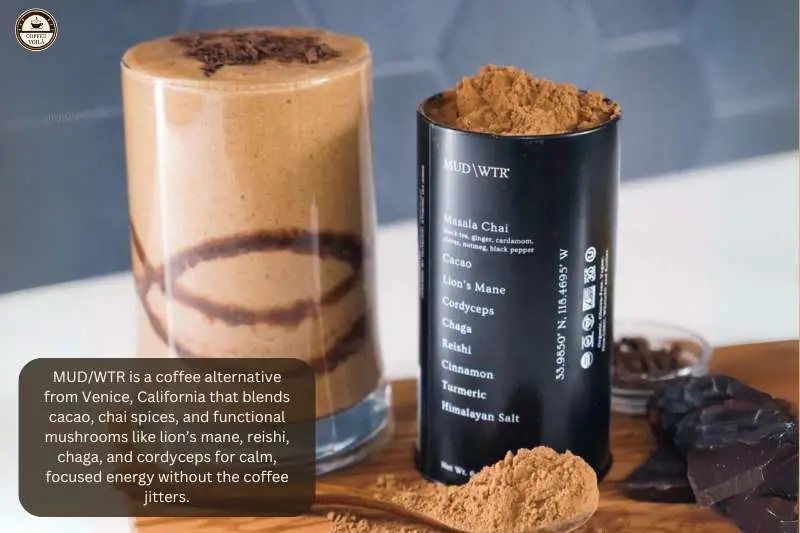
MUD\WTR uses full-spectrum mushrooms:
- Lion’s Mane: Often called the “brain mushroom,” it’s linked with focus, memory, and creativity. Some studies suggest it may support nerve growth and cognitive health.
- Reishi: Known as the “mushroom of immortality.” This mushroom is prized for stress relief, better sleep, and immune system support.
- Chaga: Sometimes nicknamed “Chaga Gold.” It’s packed with antioxidants and has been used traditionally for immune support and fighting inflammation.
- Cordyceps: Popular with athletes. This one’s tied to endurance and natural energy, helping the body use oxygen more efficiently.
Plus, an organic masala chai blend (turmeric, cinnamon, ginger, cardamom, black pepper) and cacao for the base flavor.
Certified Quality You Can Trust
It’s USDA organic, vegan, non-GMO, gluten-free, sugar-free. And the company emphasizes third-party safety testing (and even DNA verification of mushrooms). That “quality-first” talk sounded like marketing to me at first, but it’s legit part of their brand DNA.
Caffeine, But in Gentle Quantities
Yes, it does contain caffeine but less than coffee.
- Rise Cacao has about 35 mg
- Rise Matcha lands around 55 mg
- Balance Turmeric and Rest Rooibos are caffeine-free.
If you’re tracking intake, that detail matters. I once doubled my scoop thinking, “It’s just mushrooms,” and wow… I felt too jittery for what was supposed to be a calm morning.
What About Taste?
You can expect something closer to chai hot chocolate than espresso. In other words, earthy, a little spicy, and cocoa-forward.

It blends best when frothed; stirring with a spoon leaves little bits behind (not a deal-breaker, but frothing definitely helps).
On busy days, I’ll add oat milk and a drizzle of honey. However, when I want that straight adaptogenic coffee, I keep it plain.
MUD\WTR: Benefits & Downsides
Like most mushroom coffees, MUD\WTR comes with its share of wins and a few “watch out” moments. So, here’s a quick breakdown:
| Benefits | Why It Matters |
|---|---|
| Smooth, steady energy | With about 100 mg of caffeine per tablespoon, it feels like a real cup of coffee without the harsh jitters or mid-day crash. Perfect balance if you need focus without overdoing it. |
| Cognitive support | Thanks to lion’s mane, some users (myself included) notice sharper focus and even calmer concentration. It’s especially helpful for those of us who struggle with distraction. |
| Performance boost | Cordyceps is included for stamina and endurance. Great if you’re into workouts or just want to avoid that afternoon slump. |
| Immune support | Chaga brings antioxidants and traditional immune benefits. You won’t “feel” this instantly, but over time it’s one of the reasons people keep it in their routine. |
| Coffee-first flavor | Unlike Ryze or MUD\WTR, this actually tastes like a bold Peruvian roast. If you love traditional coffee but want functional perks, that’s a big win. |
| Downsides / Side Effects | What to Expect |
|---|---|
| Higher price point | It costs more than your average bag of coffee. Subscriptions help, but it’s still an investment. |
| Earthy undertones | Most people don’t taste the mushrooms, but some do notice a faint woody/earthy finish. If you’re super picky about flavor, that could be a deal-breaker. |
| Not for everyone | Still contains caffeine (not great if you’re ultra-sensitive), and those with mushroom allergies should avoid it completely. |
Tip: Start slow. I recommend half a scoop is enough to test your tolerance.
Who Should Try MUD\WTR?
This drink doesn’t work for everyone. I mean, it won’t replace your triple-shot latte if that’s your thing. But it does hit a sweet spot for certain people. So, here’s who I think will get the most out of it.

People trying to cut down on caffeine
If regular coffee leaves you nervous, anxious, or staring at the ceiling at 2 a.m., this is where MUD\WTR shines. The cacao clocks in at about 35 mg of caffeine (roughly a third of a cup of coffee), and the Matcha has 55 mg. You’ll still feel awake, but with a calmer energy (alert without the vibration).
Wellness enthusiasts looking for an adaptogenic coffee
You can froth it, add a splash of oat milk, and sprinkle some cinnamon on top. The adaptogens like reishi and ashwagandha (in some blends) make it feel more like a wellness practice than simply a caffeine fix.
People who enjoy chai, cocoa, or spiced drinks
Flavor-wise, think earthy chai hot chocolate. If that sounds gross, it might not be for you. But if you’re into cocoa-forward drinks with warming spices like turmeric, cardamom, and cinnamon, then it’s right up your alley.
Those curious about functional mushrooms
Lion’s mane for focus, reishi for stress, chaga for antioxidants, cordyceps for natural energy. It’s a lineup of mushrooms with solid research behind them (though mostly small studies so far).
I tried it during a week of heavy writing deadlines, and it helped me stay in the zone without the “wired and tired” crash that often follows.
MUD/WTR: Price & Where to Buy
Remember, you’re not only paying for a cup of coffee. Instead, you’re paying for the functional mushrooms and carefully sourced ingredients. But does the price tag actually match the value? Here’s how it breaks down from my experience.
Costs Significantly More
A standard 30-serving tin runs about $50 one-time or $40 if you subscribe. That shakes out to around $1.33 per serving with a subscription.
Now, compare that to a bag of ground coffee at the grocery store and you’ll raise an eyebrow. But it’s still less than dropping $4 at a café.
I used to think, “no way I’m spending that on powder.” But after tracking my coffee shop runs, I realized this coffee wasn’t the most expensive habit I could have.
Available via Subscription
The best deals are on MUD\WTR’s official site. For instance, subscriptions knock down the price and include free shipping in the U.S.
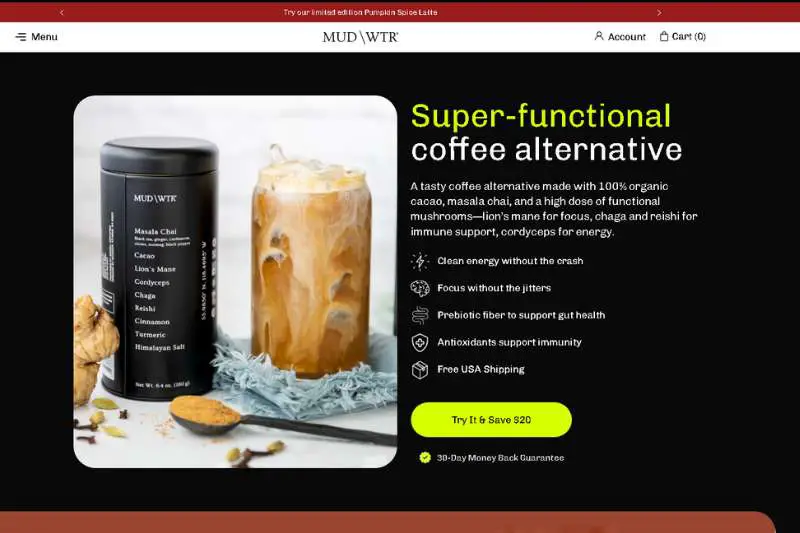
Plus, their starter kits come with the frother (aka “Mud Whip”), which honestly made a big difference in how smooth the drink turns out.
However, notice kits are subscription-only. So don’t click “buy” unless you’re okay with recurring orders.
Found on Amazon and Select Health Food Shops
Yes, you can grab MUD\WTR on Amazon or even at places like Target and certain wellness shops. Anyway, the problem is that inventory runs low.
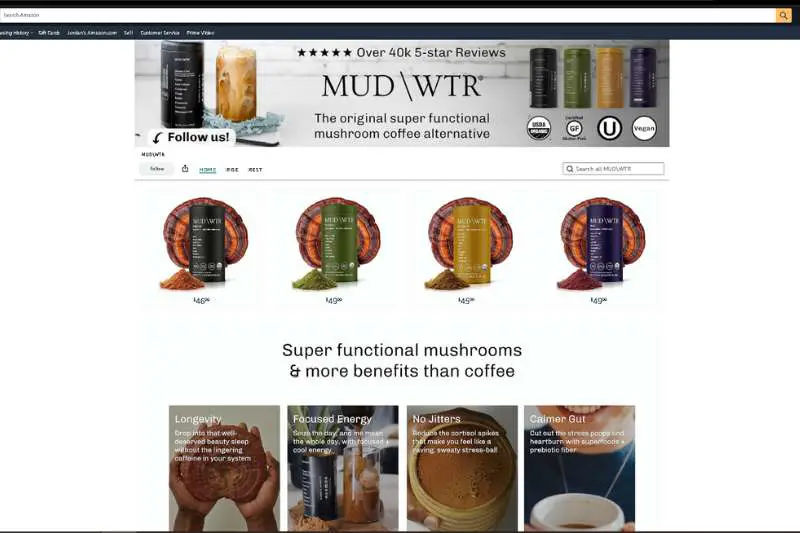
MUD\WTR vs Other Mushroom Coffees
When I first started trying mushroom coffees, I quickly realized they’re not all aiming for the same experience. Some brands lean heavily on “real coffee,” while others, like MUD\WTR, focus on flavor blends and mindfulness. So, here are the differences:
MUD\WTR vs Four Sigmatic
Four Sigmatic is what I’d call the “gateway mushroom coffee.” Actually, it tastes like a clean, smooth cup of coffee. It has a nutty, chocolatey, and zero-mushroom aftertaste.
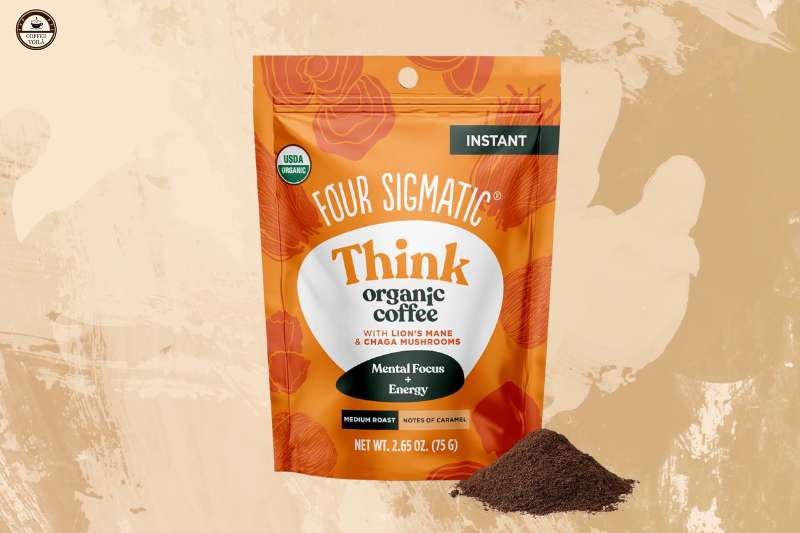
By contrast, MUD\WTR is spiced cacao with chai undertones. If you’re chasing that coffee-forward flavor, Four Sigmatic wins. But if you want something earthy and more similar to sipping a hot cocoa-chai hybrid, this brand scratches that itch.
MUD/WTR vs Ryze
Ryze sits somewhere in the middle. It’s instant Arabica coffee with six functional mushrooms, MCT oil, and coconut milk. That makes it creamier and latte-like right out of the bag.
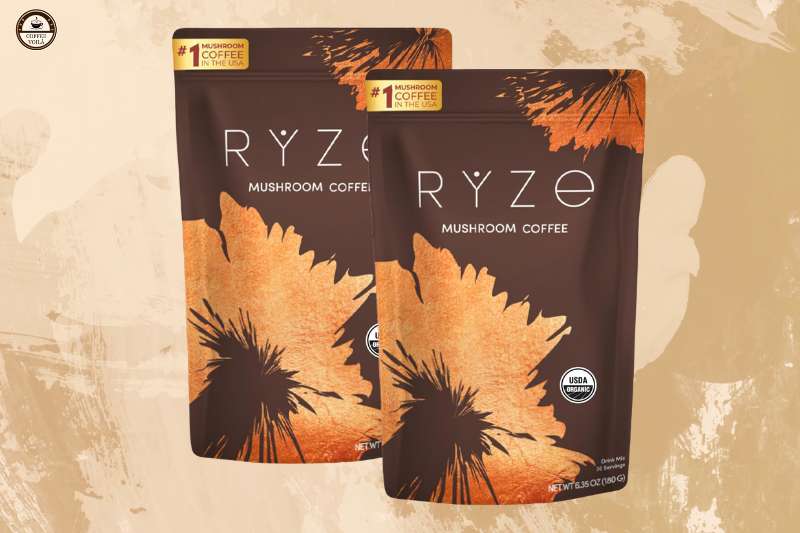
Although MUD\WTR keeps caffeine levels lower (35–55 mg, depending on the blend). I’ll grab Ryze when I want something closer to my usual latte. But this coffee works better when you want less caffeine.
MUD\WTR vs Laird Superfood
Laird doesn’t hide the fact that it’s coffee-first. Their blend has bold Peruvian dark roast, ~100 mg caffeine, and mushrooms. For instance, lion’s mane, chaga, and cordyceps are layered for function.
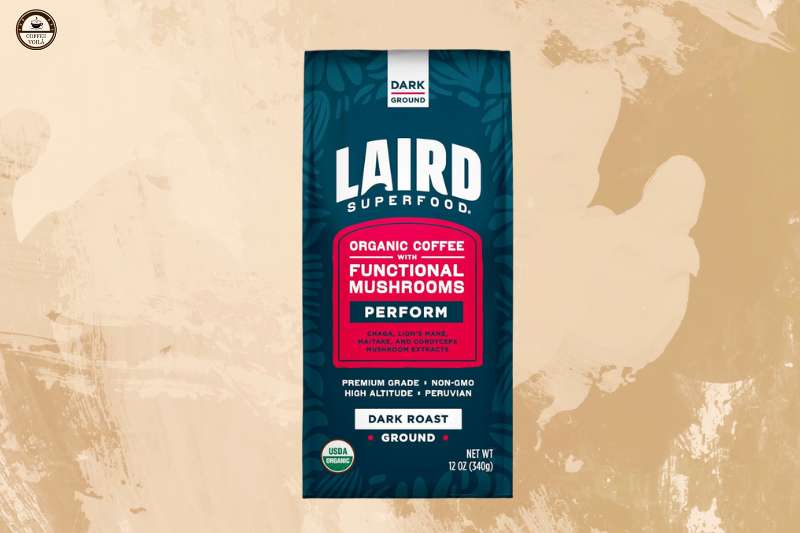
Basically, a different drink than MUD\WTR’s cacao-spice base. If I’m craving that robust morning kick, Laird wins. But when I want balance, less caffeine, and a ritual-style brew, this brand takes it.
Last Thoughts: Is it worth it?
If you’re looking for calmer focus, less jitters, and a drink that great for your body, it’s worth a try.
The price can feel steep, and the taste won’t win everyone over. However, if you’re looking for health benefits, this may be what you’re looking for.
So what do you think: are you curious enough to swap out one of your daily coffees for MUD\WTR?
Or does the idea of a spiced, mushroom-powered drink sound too different from your usual brew? Go ahead and give it a shot, and voilà!
Questions? We Have Answers.
Get answers to a list of the most Frequently Asked Questions.

